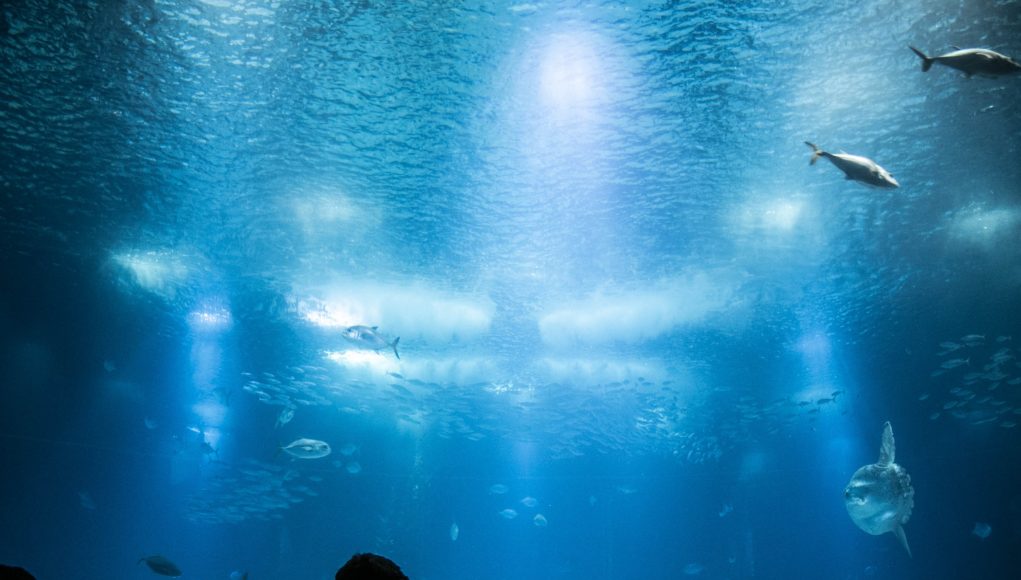By Louise Meagher
Recently, marine parks have been looked down upon for keeping wildlife in captivity, solely for the purpose of entertainment. Some people believe that over time marine parks will no longer exist, that they will slowly peter out, until we are telling stories to our grandchildren, about how we used to go to a big amusement park and watch giant killer whales swim around tiny little tanks, like goldfish.
Although marine parks are perceived to be great for their animals, it’s really not as great as it seems. Firstly, the manner in which they are captured is far from a rescue. Orcas are a good example, they are super loyal, and connected to their family, so when they are brutally taken right out of the water, it’s pretty devastating for them. Next, they are transferred to a marine park, where they will live in a tank by themselves for the rest of their lives.
This happens not only to orcas, but to lots of marine life ranging from orcas, to sharks, and aquariums full of small fish. Sea World, one of the biggest marine park chains in America, even has some flamingos in their parks. Some of the larger animals are trained to perform for large crowds, and animals like orcas, and dolphins have to put on multiple shows a day. Doing the same thing everyday makes the animals bored, and impatient, and most become dangerous while trying to escape captivity. Oftentimes, with all the performing they are being forced to do, animals will quickly die of exhaustion.
If tanks for animals are indoors they will have big performing lights overhead, that over time affect the marine animals eyes, giving them cataracts. When this happens, some facilities will deem them useless, and leave them to die in tiny tanks with little to no food and water. If the performing tanks are outdoors, then orcas, dolphins, and seals in particular will develop painful sunburns from the constant sun exposure. In the wild, when it gets too sunny most marine animals will simply swim deeper, the small tanks do not allow for them to go deep enough to prevent these burns. Places like SeaWorld will try to hide this by dying some animals skin black with zinc oxide to hide the burns, and discoloration. Zinc oxide is not bad, it’s actually good for burns, but it’s not a good thing that they have to hide the burns.
The chlorine that is put in the tanks to maintain cleanliness can also have a negative effect on animals’ skin, if they are constantly submerged in it. SeaWorld has promised not to breed any more orcas directly into captivity in the US. When orcas are living in the wild their life expectancy in the wild is sixty to one hundred years, but in captivity the average lifespan is only 14 years.
Some marine parks in the US are realizing the fatality of captivity for marine animals, and are sending their animals to sanctuary, so they can have a better life. While the number of parks is going down in the US, it is rising like crazy in China. It’s new for them, so they are super popular, and in some places the quality of life for the animals is even worse than here. While marine parks can be a really fun place to be, there are lots of people living in denial or just un educated about what’s really going on behind the scenes.
References:
https://animals.mom.com/captivity-affects-marine-animals-4396.html




